Mirror AI is an innovative mobile application that creates personalized cartoon avatars using advanced AI-powered face detection technology. With just a single selfie, users can generate unique cartoon characters resembling their appearance. The app offers a vast collection of expressive stickers featuring the user's personalized avatar, which can be shared across various popular messaging platforms.
Mirror AI - Emoji Maker and Free AI Avatar Creator
Mirror is your personal sticker creator! Take a single selfie and receive thousands of personalized emojis and stickers featuring you and your friends. Use them in WhatsApp, Facebook, iMessage, Telegram, and other messaging apps!

Introduction
Feature
AI-Powered Avatar Creation
Using advanced facial recognition technology, Mirror AI generates a cartoon avatar based on a single selfie.
Extensive Sticker Library
Access to over 1,000 emoji stickers featuring your personalized avatar in various situations and memes.
Multi-Language Support
Stickers are available in 20 major languages, allowing users to express themselves in their native tongue.
Emotion Range
Avatars can display over 40 different emotions, enhancing the ability to convey feelings accurately.
Friend Stickers
Create stickers featuring both you and a friend, adding a personal touch to your conversations.
Customizable Text Stickers
Add personalized text to your stickers before sharing.
Sticker Pack Creation
Easily create and use custom sticker packs in apps like WhatsApp and Telegram.
Emoji Keyboard
Quick access to expressive stickers through a dedicated emoji keyboard on iOS and Android.
Powerful Avatar Customization
Edit your avatar with a wide range of options including clothing, hairstyles, accessories, and skin tone.
FAQ
Is Mirror AI secure?
Mirror AI prioritizes user privacy and security. All data is securely stored and encrypted, and the app adheres to strict privacy policies.
Can I use Mirror AI on different messaging apps?
Yes, Mirror AI supports a wide range of messaging apps including WhatsApp, Telegram, and iMessage.
How do I share my stickers with others?
You can create sticker packs and share them with friends and family, or use the stickers in your social media posts.
Is there a business solution available?
Yes, Mirror AI offers business solutions including AI Facial Recognition API, AI Cartoon Style Avatars, and custom styles for various applications like dating apps and video chats.
How can I contact Mirror AI for support?
You can reach out to Mirror AI via email at [email protected] or use the contact form on their website.
Latest Traffic Insights
Monthly Visits
33.59 K
Bounce Rate
43.51%
Pages Per Visit
2.03
Time on Site(s)
52.47
Global Rank
859737
Country Rank
Brazil 150044
Recent Visits
Traffic Sources
- Social Media:4.29%
- Paid Referrals:0.96%
- Email:0.16%
- Referrals:9.36%
- Search Engines:51.57%
- Direct:33.38%
Related Websites

Create unique and professional logos effortlessly with LogoAI.ai's AI logo maker. Enjoy free online access, advanced customization, watermark-free logos, and secure design.
129.09 K
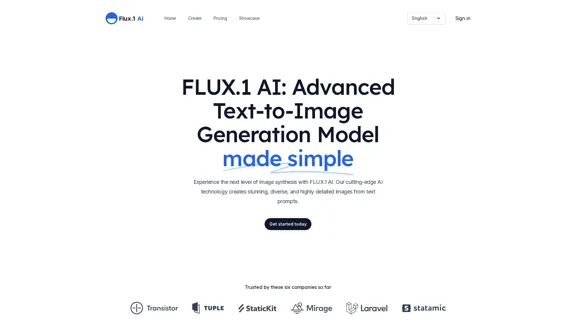
FLUX.1 AI: Advanced Text-to-Image Generation Model
FLUX.1 AI: Advanced Text-to-Image Generation ModelExperience the next level of image synthesis with FLUX.1 AI. Our cutting-edge AI technology creates stunning, diverse, and highly detailed images from text prompts.
152
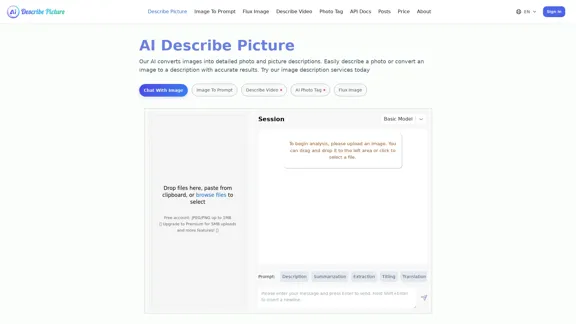
AI Image Description, Markdown, and Text Converter
AI Image Description, Markdown, and Text ConverterExplore AI-powered image descriptions with Describe Picture. Get instant insights and connect with visuals in new ways. Join us now!
62.96 K
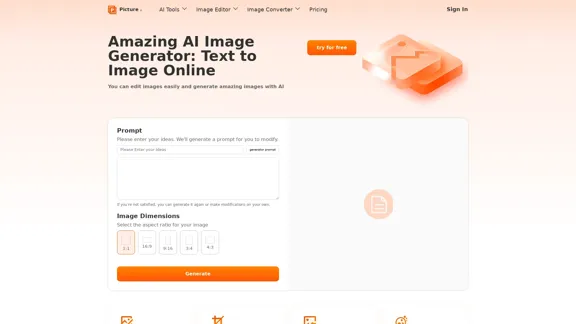
Free AI Image Generator | Prompt Generator and AI Image Creator
Free AI Image Generator | Prompt Generator and AI Image CreatorPicture AI is an amazing AI image generator and image editor. It generates prompts for you and then creates images that meet your needs with AI.
100
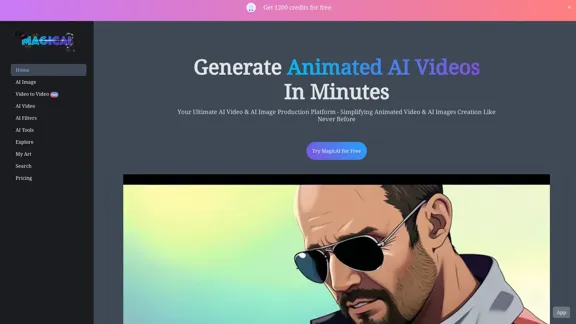
MagicAI - Free AI Image, AI Video, AI Tools, Anime Art
MagicAI - Free AI Image, AI Video, AI Tools, Anime ArtMagic AI is a free online AI image generator. Use it to create AI art, AI videos, posters, and more. It's easy to create anime art with our AI.
1.64 K
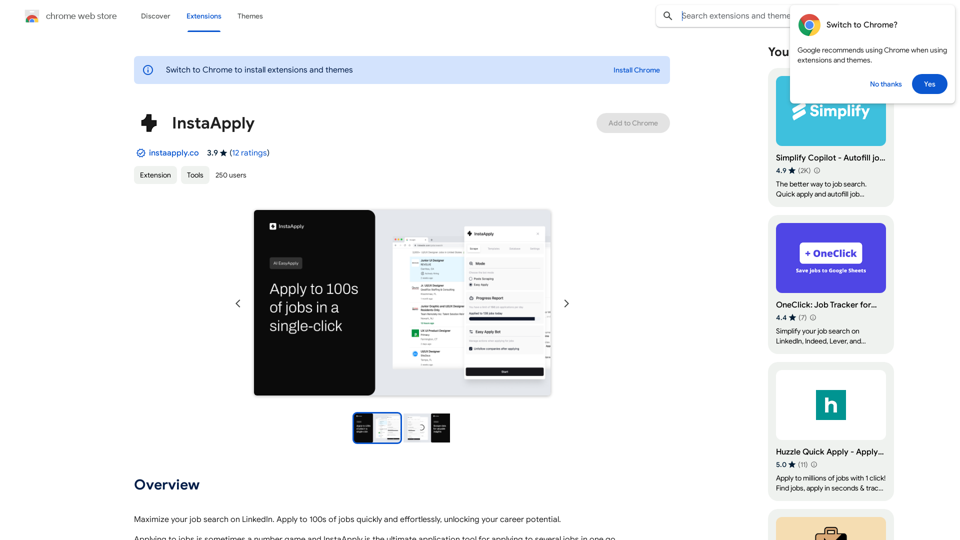
Maximize your job search on LinkedIn. Apply to hundreds of jobs quickly and easily, unlocking your career potential.
193.90 M
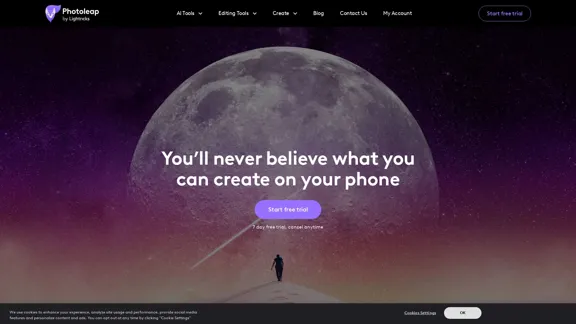
Photoleap - Creative & powerful photo editing app by Lightricks
Photoleap - Creative & powerful photo editing app by LightricksUse the comprehensive photo editor Photoleap for incredible creations on your iPhone: Alter backgrounds, eliminate objects, design collages, and apply filters & effects. Start a 7-day free trial now.
196.20 K

Voice Master: Voice Recognition and Speech-to-Text Converter
Voice Master: Voice Recognition and Speech-to-Text ConverterAllows you to speak and have your words recognized as text, which is then added to the text parts of the webpage.
193.90 M